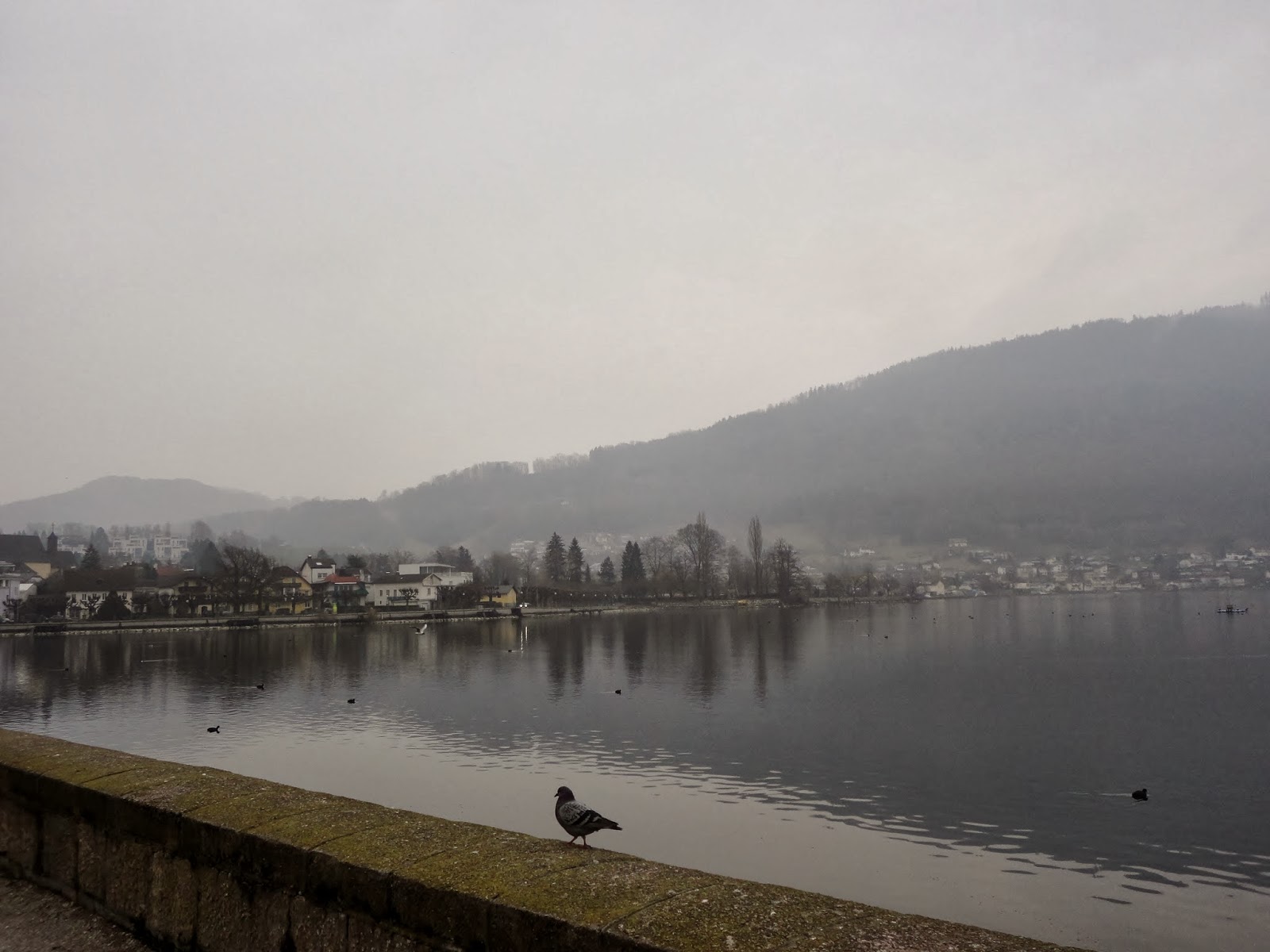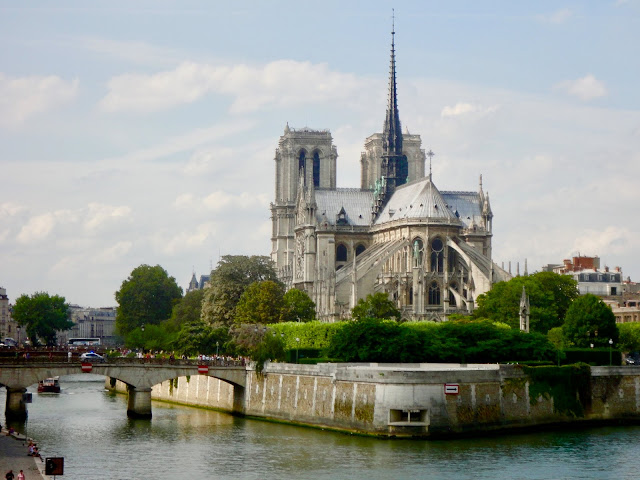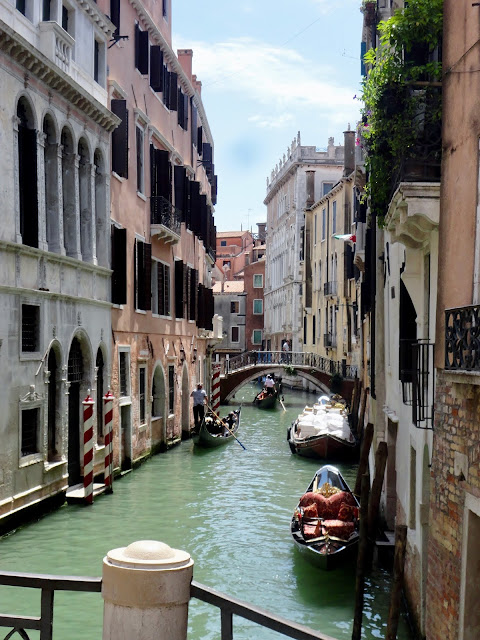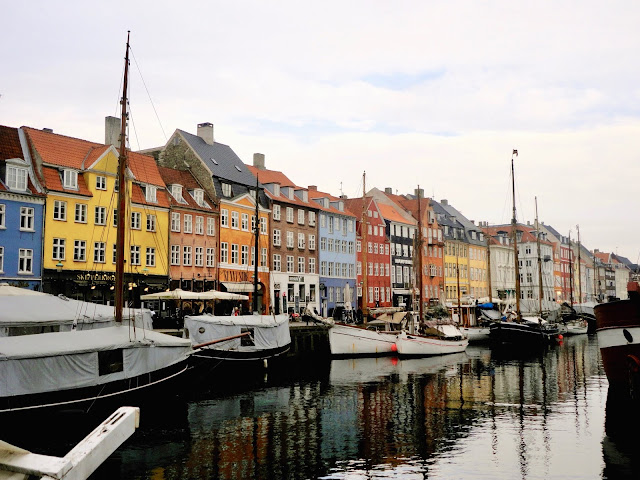
A-Z of Europe
It feels like it’s been a while since I did any sort of A-Z post, so I’m back at it this week! I did one of these for East & South East Asia, after living there for 2 years and getting to see a lot of that part of the world. The other continent I’ve seen the most of is Europe, that being where I’m from, so I figured I had the most material to draw on here. I’ve chosen a mix of cities and countries here for the various letters, to keep things diverse. And, when possible, I’ve picked places I’ve been to myself, so I could write from my own experiences there (plenty of links to more detailed posts throughout as well!), but there are plenty letters featuring places I haven’t been, so it didn’t get too repetitive, and to fill letters I haven’t been to yet! Anyways, here we go…
For all my other A-Zs, click here!
A – Austria
Austria is a landlocked country sits amongst the Alps, nestled between a few larger countries. It’s definitely famous for that spectacular mountain scenery, and villages tucked away in the countryside. Its residents mainly speak German, so there are definitely cultural similarities there. As well as the mountains, Austria’s biggest cities are Vienna, the capital and full of stunning Baroque architecture, and Salzburg, made famous by ‘The Sound of Music’, and for being the birthplace of Mozart.
B – Barcelona
Barcelona is one of the most popular cities in Spain for tourists to visit – though there is plenty more of the country to see beyond it too! It is the largest city in Catalonia, an autonomous region with a style, culture, and even language, distinct to other parts of Spain. It’s well known for its architecture, ranging from the quirky Gaudí buildings, the most famous being the Sagrada Família, to the ancient Gothic quarter, to more modern examples as well. There’s also markets, beaches, and nightlife to explore in this vibrant city.
C – Copenhagen
The Danish capital sits on Zealand island, just off the coast of mainland Europe. Copenhagen is famous for the colourful waterfront houses of Nyhavn, and The Little Mermaid statue, from the Hans Christian Andersen fairy tale. The harbour and canals are an important part of the city, and beyond, it is full with castles and churches, rich with history. The city has a very relaxed atmosphere to it, nowhere more so than in Christiana, the freetown commune that governs itself outside of Danish laws.
D – Dublin
The capital city of Ireland is most people’s first point of call in the country, and there’s certainly plenty to see in the city, including historic castles and cathedrals, the amazing Trinity College, evidence of the city’s Viking history, and diverse museums to choose from. There’s also loads of shopping, plenty of green spaces and a busy, bustling nightlife scene! And from Dublin, there’s lots of transport options for getting around to explore other parts of Ireland as well.
E – Edinburgh
Ah my current home, the Scottish capital, Auld Reekie, Edinburgh! I love living here for so many reasons. Edinburgh is packed with things to do, and full of rich, exciting history, and wonderful Scottish culture. It’s a beautiful city, from the narrow cobbled streets of the Old Town, to the classic architecture of the New Town, and green spaces for days. It’s also bursting at the seams with pubs, and there’s always something new going on with loads of events and festivals throughout the year!
F – Florence
Located in the Tuscany region of Italy, Florence – or Firenze, in Italian – is a beautiful city. The Duomo Cathedral is at its heart, but there’s lots of other streets, buildings, and sights to explore, or take a stroll along the river banks. It’s a little smaller than some other Italian cities, but there’s a quiet and a calmness to it, as well as an unmistakeable elegance, being so ancient and splendid as it is. It’s also not too far from Pisa, or the surrounding Tuscan countryside.
G – Greece
The Mediterranean country of Greece has so much to offer. There’s a rich history to uncover, from the country that gave the world so many great thinkers and scholars, and there’s Ancient Greek ruins centuries old throughout the country – Athens being home to some of the most famous. Or, there’s the hundreds of islands in the Aegean Sea to explore, for sand, sea, and spectacular scenery. It’s a very laidback country, popular with sun worshippers for a long time now.
H – Hungary
This landlocked country is located in Central Europe, once part of the Ottoman Empire. Its capital, Budapest, is popular for a city break, full of stunning architecture and historical sights, with the scenic Danube River bisecting the city. There’s plenty of culture in its folk music, dance, and cuisine too. And due to its geography, the country is also known for its extensive hot springs and spa towns, including the world’s largest thermal water cave system, and the beautiful Lake Balaton.
I – Iceland
This small island nation is located in the far north west of Europe, surrounded by the Atlantic Ocean – and it is greener than the name may suggest! The capital city of Reykjavik is the entry point to the country, full of colourful houses and a vibrant nightlife scene. Outside the city, is a land of beautiful scenery, in all seasons, with dramatic mountains and waterfalls, the famous blue lagoon thermal spa, glaciers and ice caves in winter, and a chance to watch the Northern Lights dance in the sky.
J – Jersey
Jersey is the largest of the Channel Islands, a self-governing country but a dependent of the UK. Located close to Normandy, France, but tied to Britain since the 11th century, the island retains elements of both cultures – just look at the names of its two castles, Mont Orgueil and Elizabeth. Natural scenery shapes the island, with dramatic cliffs and harbour towns looking out to the sea in every direction – ideal for surfing and kayaking! And of course, plenty of fresh seafood!
K – Kosovo
This Balkan country was once a region of Serbia, but has a largely Albanian population, and only declared its independence recently in 2008. It is recognised as a sovereign state by the United Nations, but Serbia still views it as an autonomous region instead. It has a long, complex history to uncover. Culturally, there is a large similarity to Serbia and Albania, but also Ottoman and Slavic influence, and its natural scenery is a landlocked, mountainous region.
L – Lisbon
The capital of Portugal, located on the Westernmost coast of the Iberian peninsula. Lisbon is a port city, looking on to the Atlantic Ocean, and part of the affluent Portuguese Riviera. It is one of the oldest cities in the world, predating other European capitals by many centuries. The city is rich in culture, with architecture from many time periods, as well as many museums and churches. The coast stretches out in either direction, and Portugal is full of stunning beaches and dramatic cliff tops!
M – Monaco
This tiny principality is sandwiched between France and Italy, on the eastern end of the French Riviera. It is a prestigious, affluent country, full of luxury homes stacked up into the steep hillside, while dozens of yachts line the harbour below. There are glamorous restaurants, nightclubs, and shopping to explore. It is also most famous for the opulent Monte Carlo casino, and the annual Grand Prix race through its winding streets.
N – Netherlands
Located in north west Europe, the Netherlands is the lowest country in Europe, a landscape of flat, green fields in the basin of the Rhine river. It’s also known as Holland, though is technically a region within the country. Its capital, Amsterdam, is famous for its vibrant art scene – both past and present – exciting nightlife, and picturesque canals, as well as sights like the Anne Frank House and Van Gogh Museum. In the countryside, are fields of tulips, quaint windmills, open farmland, and cycling routes.
O – Oslo
Oslo is the capital of Norway, located on the southern coast of this Scandinavian country. Founded almost one thousand years ago, as a trading post, the city is now a modern, cultural capital. You can browse its numerous museums and art galleries, or simply relax in the many green spaces or by the harbour. Oslo has a vibrant music scene as well, with several festivals of different genres throughout the year, and of course, hosts the Nobel Peace Prize Ceremony every year.
P – Paris
The French capital, the City of Lights, is undoubtedly one of the most famous cities in the world. Stroll along the banks of the River Seine, marvelling at the beautiful architecture all around, where centuries of history have unfolded – including many revolutions! There are endless historic sights to see, including the Eiffel Tower, Notre Dame Cathedral, and Arc de Triomphe, as well as world famous art galleries, the Louvre and Orsay. Or, go shopping for designer brands on the Champs Élysées, or visit the artistic haven of Montmartre.
Q – Quimper
Now, as always, ‘Q’ was one of the more difficult letters to source! But, in Brittany, the very north west region of France, lies the town of Quimper. It’s a small place, but quaint and rustic, on the banks of the River Odet. It dates back to Roman times, but the town very much represents the ancient Celtic heritage of Brittany. There are many picturesque half-timber houses, and a Gothic style cathedral in the town centre, as well as an arts museum – you’ll be hard pressed to find a French town without one!
R – Rome
Rome is the capital of Italy, the Eternal City, and once the head of the Ancient Roman Empire. There’s no doubt that this city has a long, rich history, home to one of the world’s most powerful ancient civilisations. The Coliseum and Roman Forum are its oldest attractions, but over the years it has also been an artistic centre, and has many spectacular architectural sights to explore. Rome is also home to the Vatican City, the heart of the Catholic Church, with St Peter’s Basilica and the Sistine Chapel. You can relax in the piazzas, browse designer fashion brands, or taste the delicious local cuisine!
S – Spain
Spain has long been popular for those seeking beach holidays, with miles of sunny coastline, especially along the Mediterranean Sea, or on its islands. It’s a huge country though, with plenty more to see as well! It’s ideal for relaxing, home to some of the most laidback people you’ll ever meet, and with delicious local food and drink to try. As well as Barcelona, there is history and architecture to be found in cities such as Madrid, Seville, and Granada. And while it’s famed for its beaches, there are also spectacular mountain ranges too, such as Sierra Nevada and the Picos de Europa.
T – Tallinn
The small country of Estonia lies in the north east of Europe, bordering Russia, and Tallinn is its capital. The city retains an old worldly charm, with its Gothic architecture, walled Old Town area, and spectacular Russian Orthodox cathedral. It’s perfectly picturesque, with colourful red-roofed houses, many topped with spires and towers, situated along the waterfront of the Baltic Sea, and an abundance of shops and restaurants to browse along its cobbled streets.
U – Ukraine
Ukraine is the largest country in Europe, a Slavic nation that was once part of the Soviet Union, until declaring its independence in 1991. Naturally there are some cultural similarities still, including many Russian Orthodox churches around the country. The capital is Kiev, known for its magnificent gold domed churches, including the monastery, Kiev Pechersk Lavra, and St Sophia’s Cathedral, while Odessa sits by the Black Sea, and is famous for its underground catacombs.
V – Venice
Venice lies in the north of Italy, and is most famous for its canal system – there are no roads or cars to be found in this floating city! The largest is the Grand Canal, with the Rialto Bridge crossing it. It is a maze of cobbled streets alongside the canals, hiding dozens of shops and restaurants to browse and get lost in. In the main piazza, are the Doge’s Palace and St Mark’s Basilica, spectacular pieces of architecture. You can take a gondola ride through the city, or head off the main island to the many smaller, surrounding ones, such as Burano and Murano, with their brightly painted houses.
W – Warsaw
The Polish capital city of Warsaw is a sprawling city, charting the country’s long and turbulent history. The Old Town is the heart of it all, cobbled streets and colourful buildings, along the banks of the Vistula River. The city also has various castles and palaces, including the Royal Castle from the 14th century, and the Palace on the Isle, in the beautiful Lazienki Park, from the 18th century. You can also discover more of Poland’s recent history too, including the effects of WWII.
X – LuXembourg
Alright, I’m cheating a little bit for this one, but X is a difficult letter! Luxembourg is a small country in Western Europe, sandwiched between France, Germany, and Belgium, but it packs a lot in there! The capital, Luxembourg City, is a medieval fortress perched on cliff tops, with a tunnel network hidden below, and has a palace and cathedral to visit. Much of the rest of the country is rural, covered in dense forest – Mullerthal in the east, has hiking trails and waterfalls, or Vianden in the north, is a small town hosting an ancient castle.
Y – York
This city lies in the north east of England, and has links all the way back to the Romans and the Vikings, so there’s plenty of history to uncover! There are several museums around the town where you can learn more. Its spectacular 13th century Gothic cathedral, York Minster, is the centrepiece of this walled city. Or, take a more relaxed approach with a stroll along the River Ouse, or along The Shambles, a quaint, narrow street of Medieval timber framed houses.
Z – Zagreb
The capital of Croatia, Zagreb, sits in the north west of this Balkan country. Croatia has become famous for its Dalmatian Coast in recent years, but Zagreb lies further inland. It’s a beautiful city to stroll through, with the picturesque red-roofed houses of the Upper Town, and Gothic Zagreb Cathedral at the centre of it. It is a cultural paradise, with dozens of museums and galleries to explore, the National Theatre hosts opera, dance, drama, and an annual international theatre festival, plus there are other film and arts festivals throughout the year.
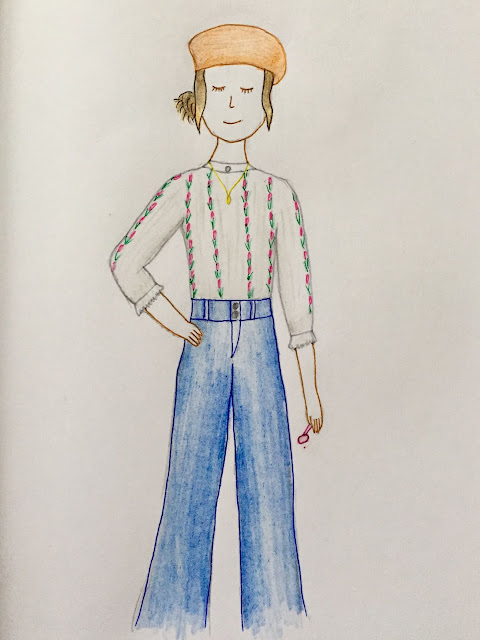
The Extrovert | Character Sketch

Outfit - Spring Sunshine
You May Also Like
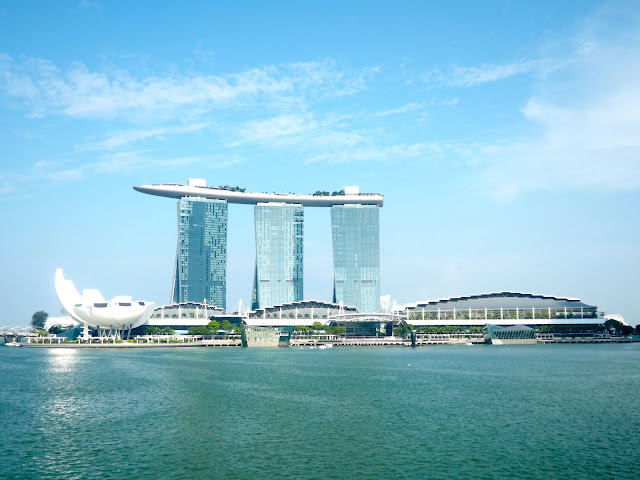
Singapore in 1 Day
7 September 2017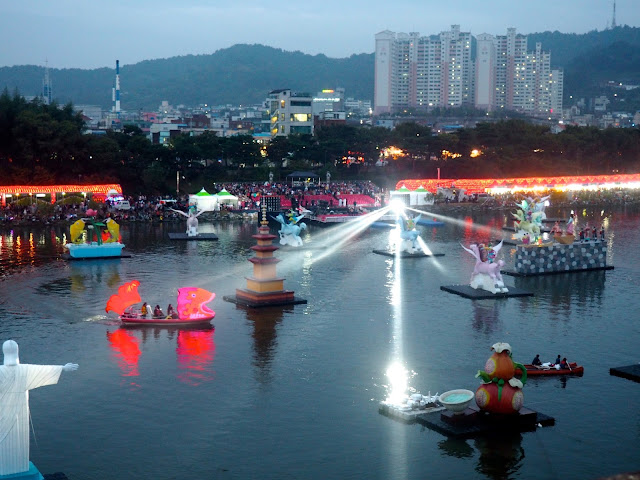
Jinju Lantern Festival
5 October 2016